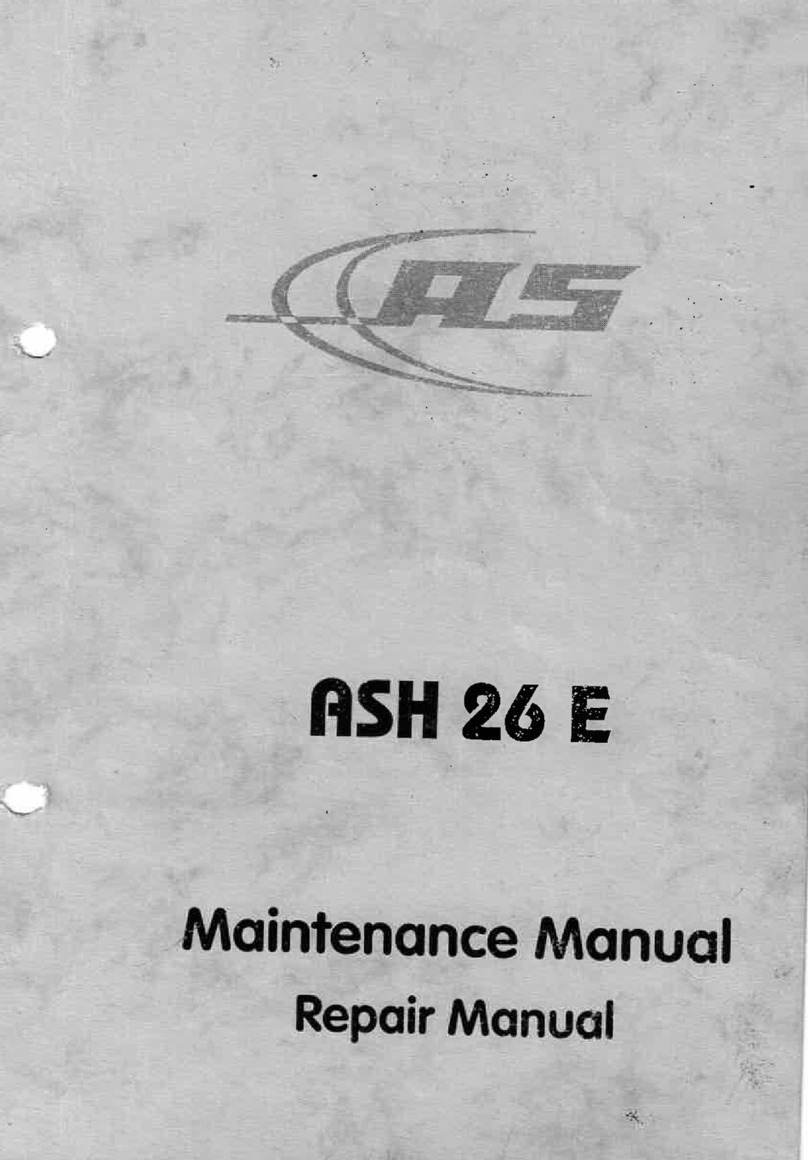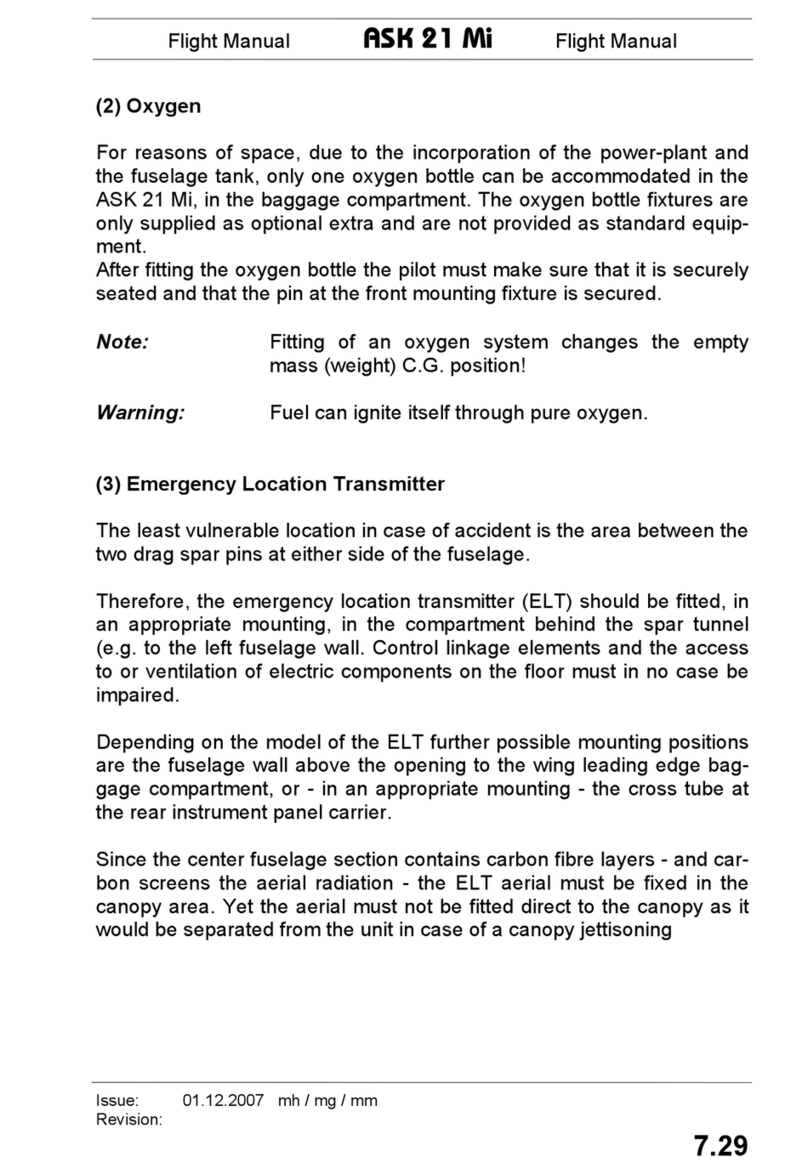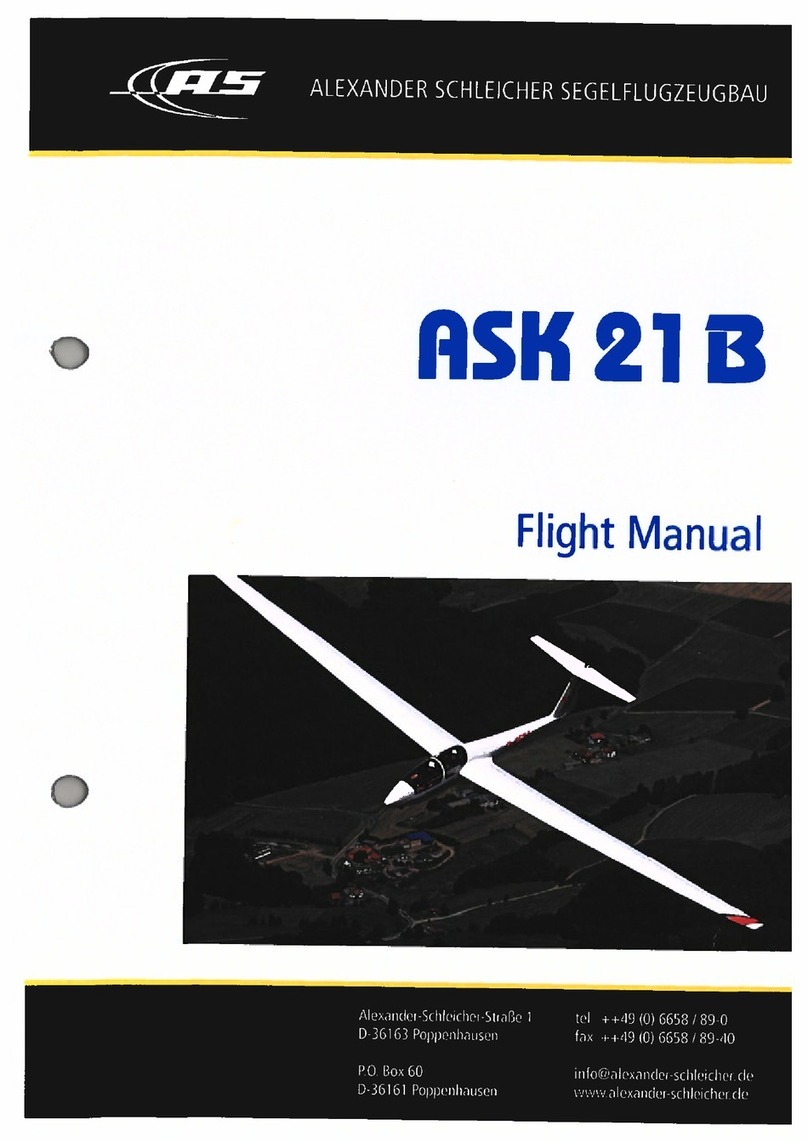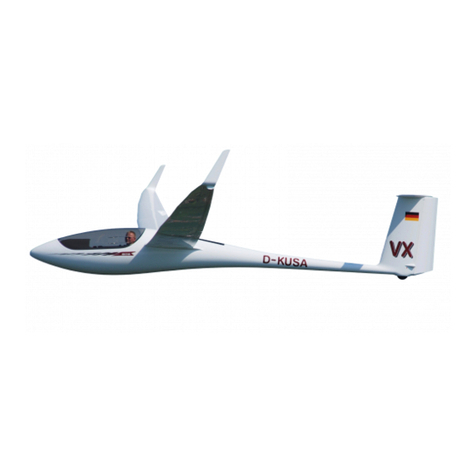Alexander Schleicher ASK 21 B User manual
Other Alexander Schleicher Aircraft manuals

Alexander Schleicher
Alexander Schleicher ASH 26 E User manual

Alexander Schleicher
Alexander Schleicher AS 33 ES Technical specifications

Alexander Schleicher
Alexander Schleicher ASK 21 Mi Technical specifications

Alexander Schleicher
Alexander Schleicher ASK 21 Mi Technical specifications

Alexander Schleicher
Alexander Schleicher ASK 21 B Technical specifications

Alexander Schleicher
Alexander Schleicher ASH 31 Mi Technical specifications



























